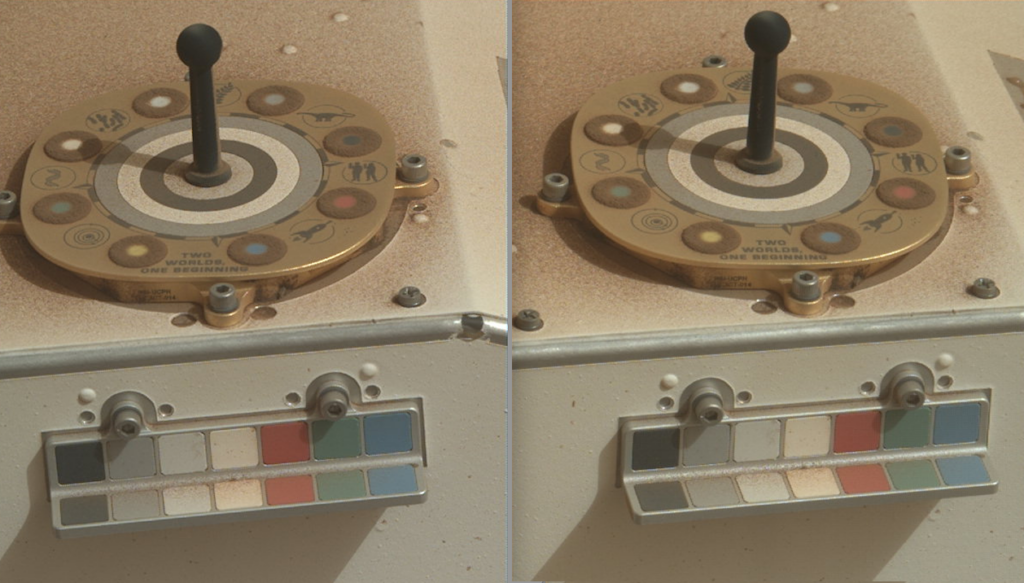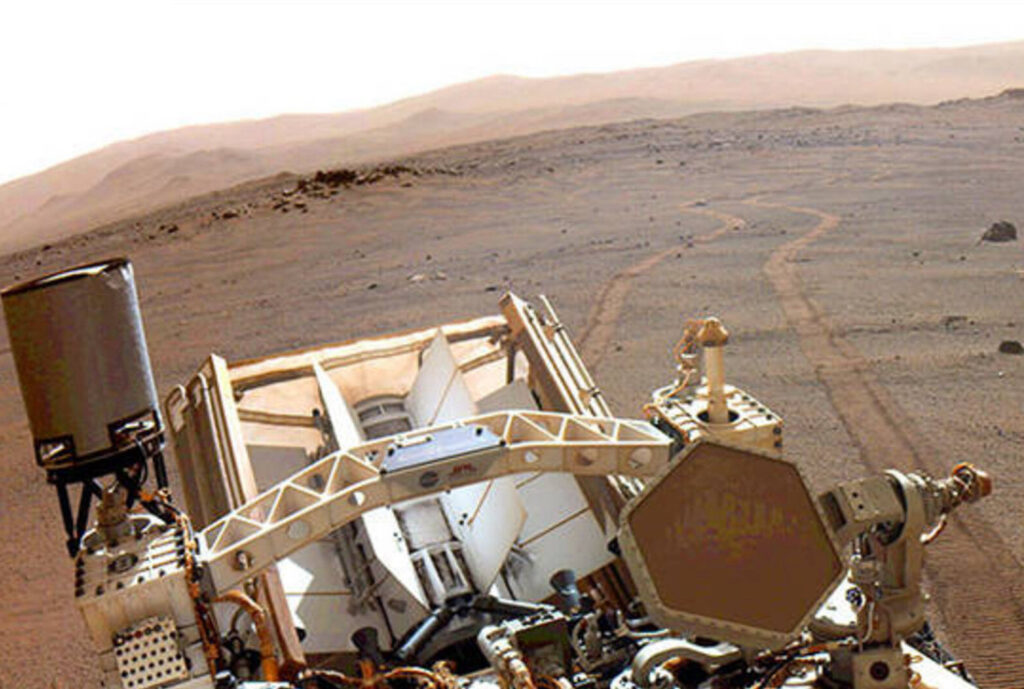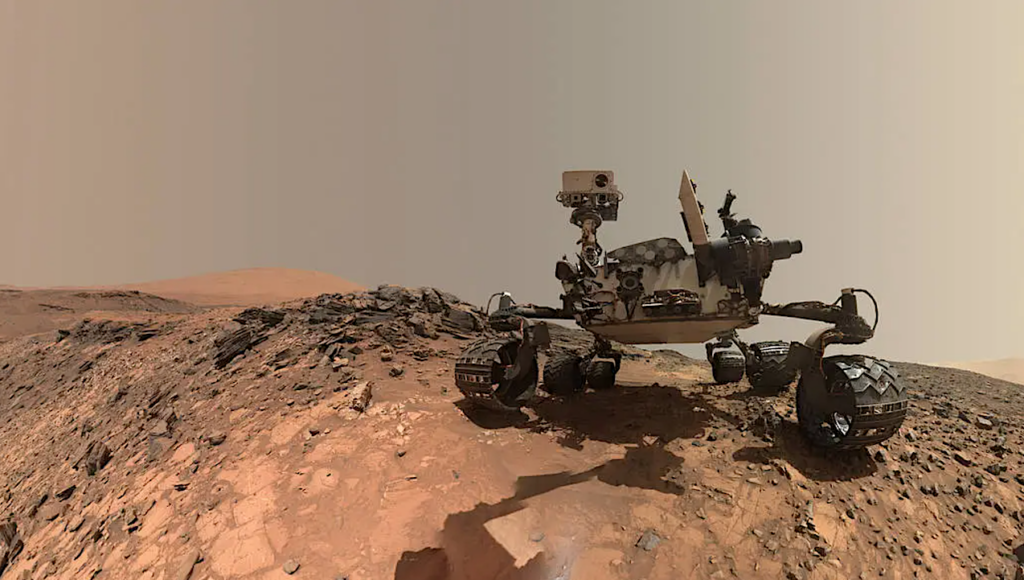Investigating The Biological Potential Of Galactic Cosmic ray-induced Radiation-driven Chemical Disequilibrium In The Martian Subsurface Environment

There is growing evidence suggesting the presence of aqueous environment on ancient Mars, raising the question of the possibility of life in such an environment.
Subsequently, with the erosion of the Martian atmosphere resulting in drastic changes in its climate, surface water disappeared, shrinking habitable spaces on the planet, with only a limited amount of water remaining near the surface in form of brines and water-ice deposits. Life, if it ever existed, would have had to adapt to harsh modern conditions, which includes low temperatures and surface pressure, and high radiation dose.
Presently, there is no evidence of any biological activity on the planet’s surface, however, the subsurface environment, which is yet to be explored, is less harsh, has traces of water in form of water-ice and brines, and undergoes radiation-driven redox chemistry. I hypothesize that Galactic Cosmic Ray (GCR)-induced radiation-driven chemical disequilibrium can be used for metabolic energy by extant life, and host organisms using mechanisms seen in similar chemical and radiation environments on Earth. I propose a GCR-induced radiolytic zone, and discuss the prospects of finding such life with Rosalind Franklin rover of the ExoMars mission.
Dimitra Atri
Comments: 13 pages, 2 figures
Subjects: Earth and Planetary Astrophysics (astro-ph.EP); High Energy Astrophysical Phenomena (astro-ph.HE); Space Physics (physics.space-ph)
Cite as: arXiv:2006.08483 [astro-ph.EP] (or arXiv:2006.08483v1 [astro-ph.EP] for this version)
Submission history
From: Dimitra Atri
[v1] Mon, 15 Jun 2020 15:38:41 UTC (443 KB)
https://arxiv.org/abs/2006.08483
Astrobiology, Astrochemistry








